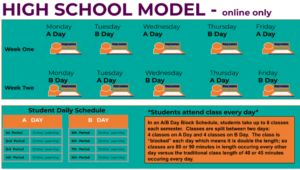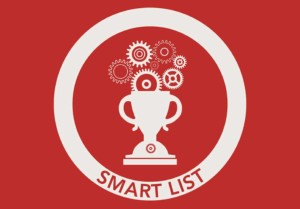Managed Instruction or Digital Learning?

A former governor and an ed school dean met in a bar…they discussed the seeming incompatibility of digital learning with differentiated instruction and the scripted curricula mandated by many school districts.
It’s easy to say that managed instruction is old school and digital learning is the future, but this debate is worth unpacking. The lack of alignment of instruction and assessment, as well as schedule, structure, and support services is a huge problem in education–it leads to poor student performance and frustration on the part of educators.
Charter management organizations, perhaps the most important development of the last decade in U.S. education, brought a built-from-scratch ‘no-excuses’ alignment but did so around the old model of a centralized standards-based curriculum, with a traditional age-cohort school model. Many of these CMOs serve relatively homogeneous low income communities where all the kids are behind. Talented teachers, common pacing, and a rigorous focus on execution resulted in pretty good outcomes.
School districts saw this improvement and began implementing similar ‘managed instruction’ (or ‘aligned instructional system’) schemes yielding some improvement. Even with marginal execution, these programs ensure that students are receiving grade level instruction (whether or not they are on grade level) which can improve results on standardized grade level assessments.
Scripted & Digital? To the question of whether scripted and digital are compatible, the short answer is no, the full answer if a bit more nuanced. Aligned systems and program coherence remains key to both efficacy and efficiency.
Digital tools and blended schools unlock the power of personalization, but growth on personal learning progressions is not well measured by the current crop of grade level state assessments (originally prescribed by NCLB). That’s why iNACOL and I feel so strongly about the need for better growth measures. We’ll need full competency-based systems (discussed in DLN Smart Series paper Cohorts to Competency) with ongoing assessment and a move, especially at the secondary level, to on-demand end-of-course exams.
Success For All (which came up in conversation) may be scripted but uses frequent assessments to regroup students to ensure that instruction is always delivered to small performance-level groups–it’s an adaptive systems approach to creating both personalization and alignment. Read 180 is a good example of a blended and differentiated secondary approach with lots of evidence of efficacy, but like SFA it requires high fidelity implementation to achieve great results.
More recently developed adaptive learning systems (e.g., Dreambox, i-Ready, Reasoning Mind) create individualized game-based pathways. Unfortunately, most schools that use them in conjunction with a traditional basal often creating instructional dissonance.
The power of digital is personalization, and the power of personalization is individual progress models, but competency-based systems require a whole new rule set (summarized in a free DLN eBook Navigating the Digital Shift).
What about the new tests? The good news is that PARCC and Smarter Balanced are piloting state tests that are much better assessments of writing and thinking skills. The bad news is that they were designed for the old system and remain focused on determining grade level proficiency.
While a number of districts and networks have moved to a more student-centered approach, “Their success,” according to a recent iNACOL report , “rests heavily on federal adoption of a new student-centered policy framework that will advance the growth of competency education.”
The problem, according to Digital Learning Now, is that “grade level promotion has historically been dictated by birthdays, attendance and minimum achievement. Instructional pacing, aimed at the middle of the class, may be too fast or too slow for some students who become frustrated, disengaged and unmotivated.” In contrast, “digital learning offers the potential for students to study at their own pace and advance based upon competency and mastery of the material — it is student-centered, not school-centered. In this environment, seat time requirements and the all-too-common practice of social promotion become obsolete.” As a result, DLN recommends, “Making high stakes assessments, which are used to trigger progression, available when students are ready will accelerate student learning.”
Next steps? Like project-based learning, it’s easy to create lots of low level engagement with digital learning. But to achieve sustainable results, it is necessary to create an aligned system with a high level of execution. Districts shouldn’t abandon managed instruction until they are ready to support personalized digital learning in a comprehensive and effective manner.
Digital Learning Now, DreamBox, Scholastic and Curriculum Associates are Getting Smart Advocacy Partners. Tom is a director of iNACOL.







0 Comments
Leave a Comment
Your email address will not be published. All fields are required.